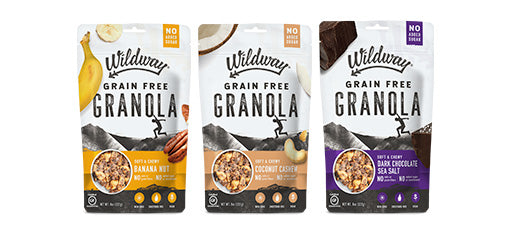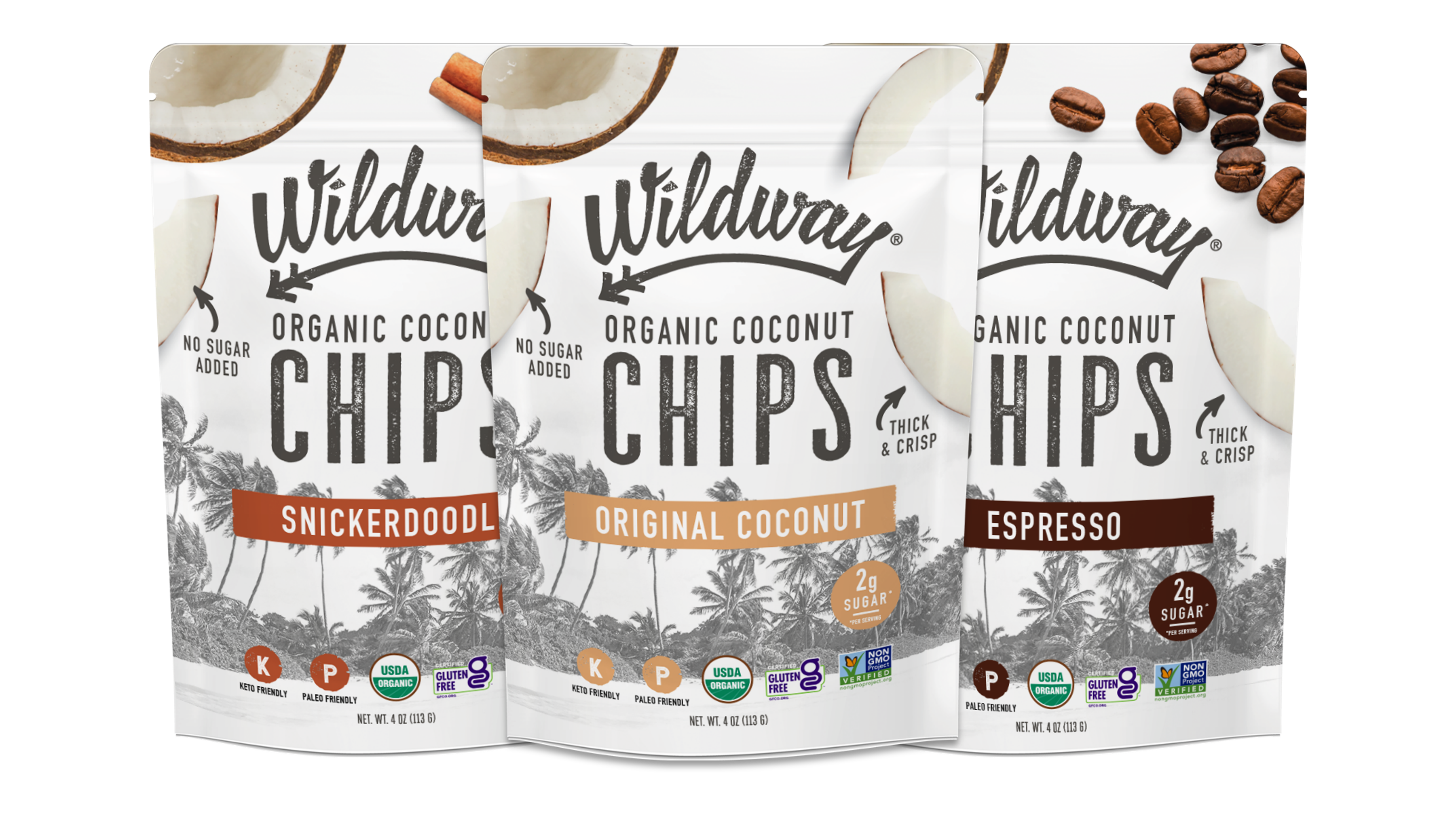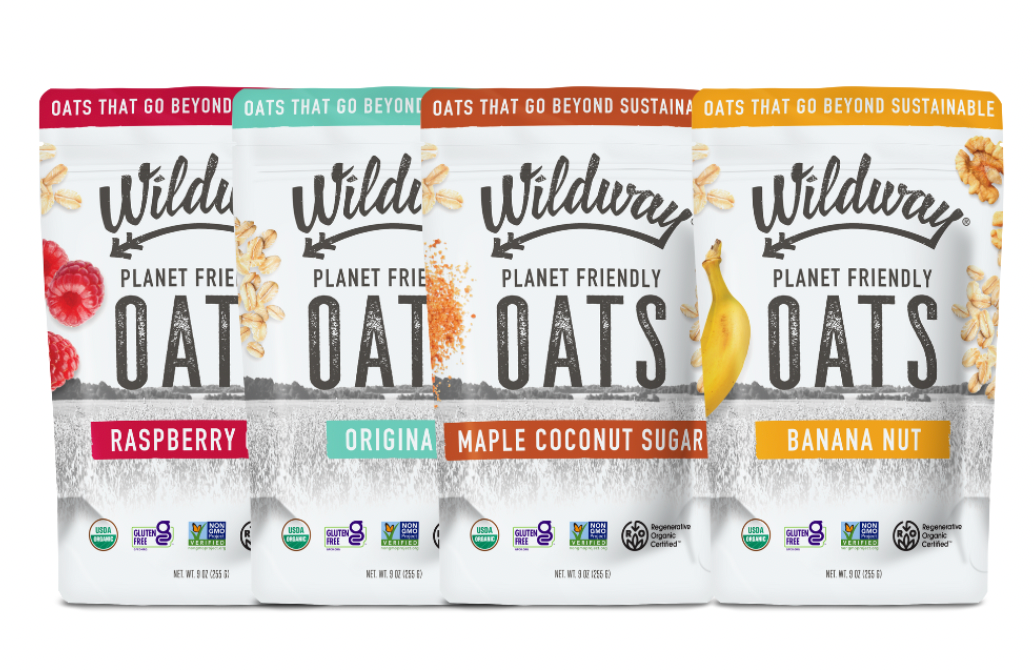Many people are now becoming familiar with the high-fat, low carbohydrate keto diet, but did you know there are actually 4 different variations of the popular diet? Everyone’s body is different, so depending on how active you are or how you body handles different levels of macronutrients, you might want to consider a variation of the diet that fits better with your lifestyle and diet preferences. The four variations are the standard keto diet (SKD), the high protein keto diet, the targeted keto diet, and the cyclical keto diet. We will explain each of these variations and when they might be useful for you or why you might want to experiment with one of these variations.
The Standard Keto Diet
Best for: Beginners and those just starting to experiment with a keto diet
Calorie Breakdown: 70-75% fat, 20% protein, 5% carbohydrates
The standard keto diet is the most common form of the ketogenic diet. It is best for beginners to keto or anyone who wants to lose body fat, increase energy, and increase their calorie and fat burning efficiency. Check out our Complete Keto-Diet foods list for a list of foods to eat on this plan.
The High-Protein Keto Diet
Best for: Athletes, or individuals who lift weights frequently and need extra protein for recovery and muscle building
Calorie Breakdown: 60% fat, 35% protein, 5% carbohydrates
The high-protein keto diet is very similar to the standard keto diet, expect you replace some of the calories from fat with calories from protein. This is a popular version of the diet for CrossFit athletes, weightlifters, and other athletes who need a higher protein intake to support lean muscle growth.
The Targeted Keto Diet
Best for: People looking to optimize performance around their workouts
Calorie Breakdown: 60% fat, 35% protein, 5% carbohydrates – keeping carb intake strictly prior to workouts.
The targeted keto diet tailors your carbohydrate consumption around your workouts in order to optimize performance. Typically, this is used with higher intensity or CrossFit style workouts where the body burns through stored glycogen in the muscles and is in need of quick sources of carbohydrates for energy. Higher glycemic carbohydrates are ingested (without a lot of fat) just before workouts in order to keep these carbohydrates readily available to be used for energy. The rest of the day the standard ketogenic diet is typically followed.
The Cyclical Keto Diet
Best for: Individuals who want to include higher carbohydrate days in their diet while still maintaining fat loss and lean muscle mass, or individuals who’s body responds well to a “refeeding” day during the week.
Calorie Breakdown: Follow the Standard Keto diet for 5-6 days out of the week, and add the following carb-loading phase 1-2 days of the week: 70% carbohydrates, 20-25% protein, 5-10% fat
Mainly used by athletes and those wanting immediate body transformation, this type of cyclical dieting was recently popularized by Tim Ferris for its quick and dramatic effects on weight loss and lean muscle retention. The idea is that by putting your body in a carbohydrate (and possibly) caloric deficiency for days on end, you are downshifting your metabolism, but by putting a re-feed day in to your schedule during the week, you are negating these down-shifting effects and keeping your body a fat-burning machine. The higher carbohydrate days also allows your muscles to replenish their carbohydrate stores to be primed for growth and optimal performance.
Regardless of which type of keto diet you choose to experiment with, it is important to listen to your body and how you respond to each of these different protocols. Some of us need more carbohydrates, especially depending on the type and intensity of your workouts and some of us can get by with less. Not every diet is right for everyone and not every protocol is going to work for everyone. Experiment, track, learn, and refine. It’s the only way you know what will work for you and what wont.








